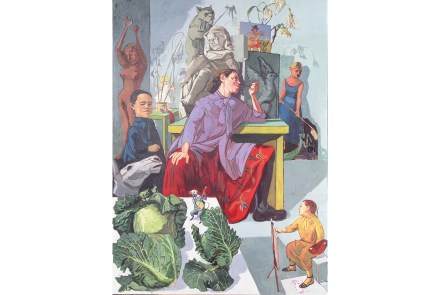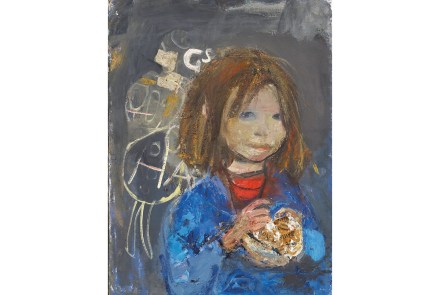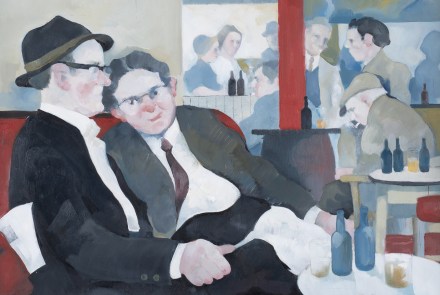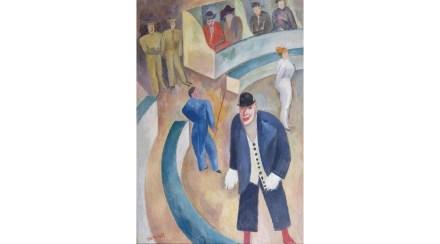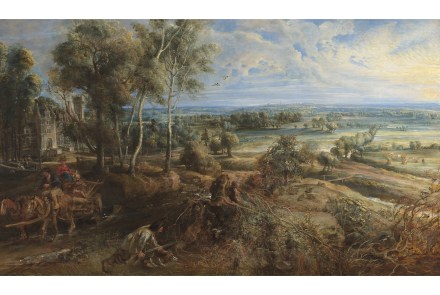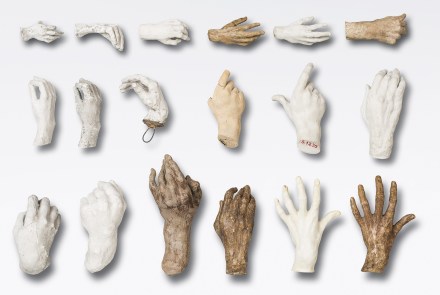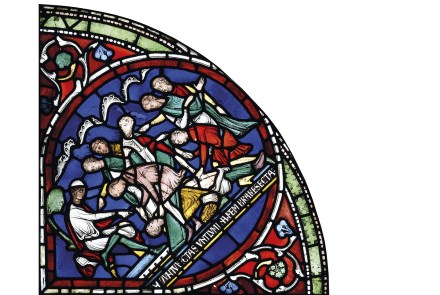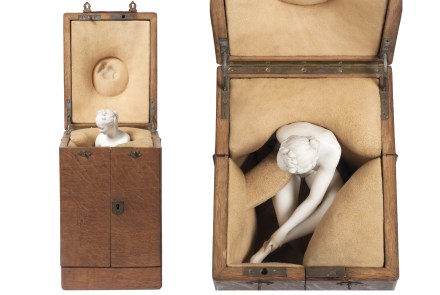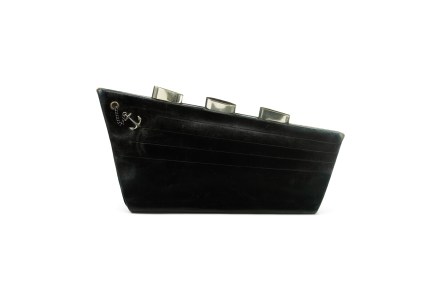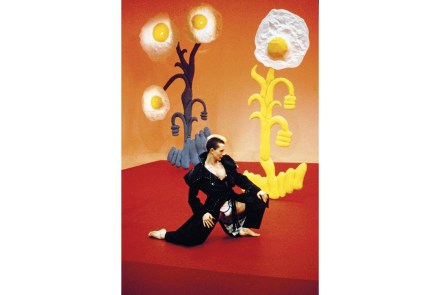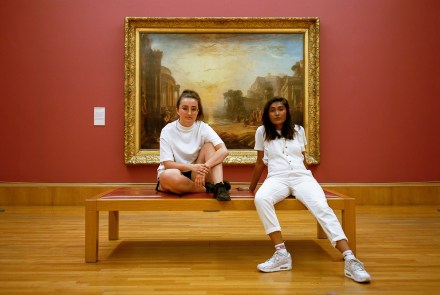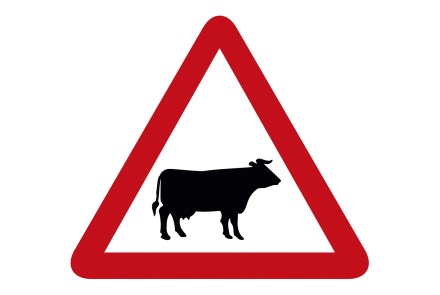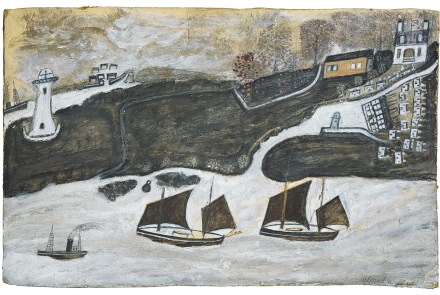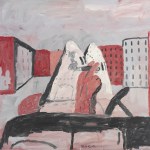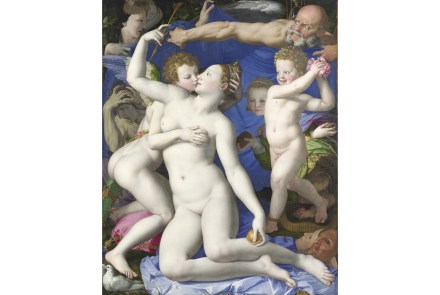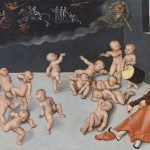Full of masterpieces: Paula Rego at Tate Britain reviewed
The Victorian dictum ‘every picture tells a story’ is true of Paula Rego’s works, but it’s only part of the truth. Rego has said that she hopes and expects that when people look at her pictures, ‘Things will come out that I’m not even aware of.’ And that’s right too: every marvellous picture tells so many stories, and is so charged with under- and overtones, that no one, including its creator, can be aware of everything that’s going on. That’s certainly true of many works in the Rego retrospective at Tate Britain. All notable painters and sculptors are, of course, sui generis. They don’t follow established rules; instead they make
